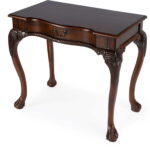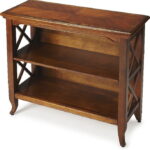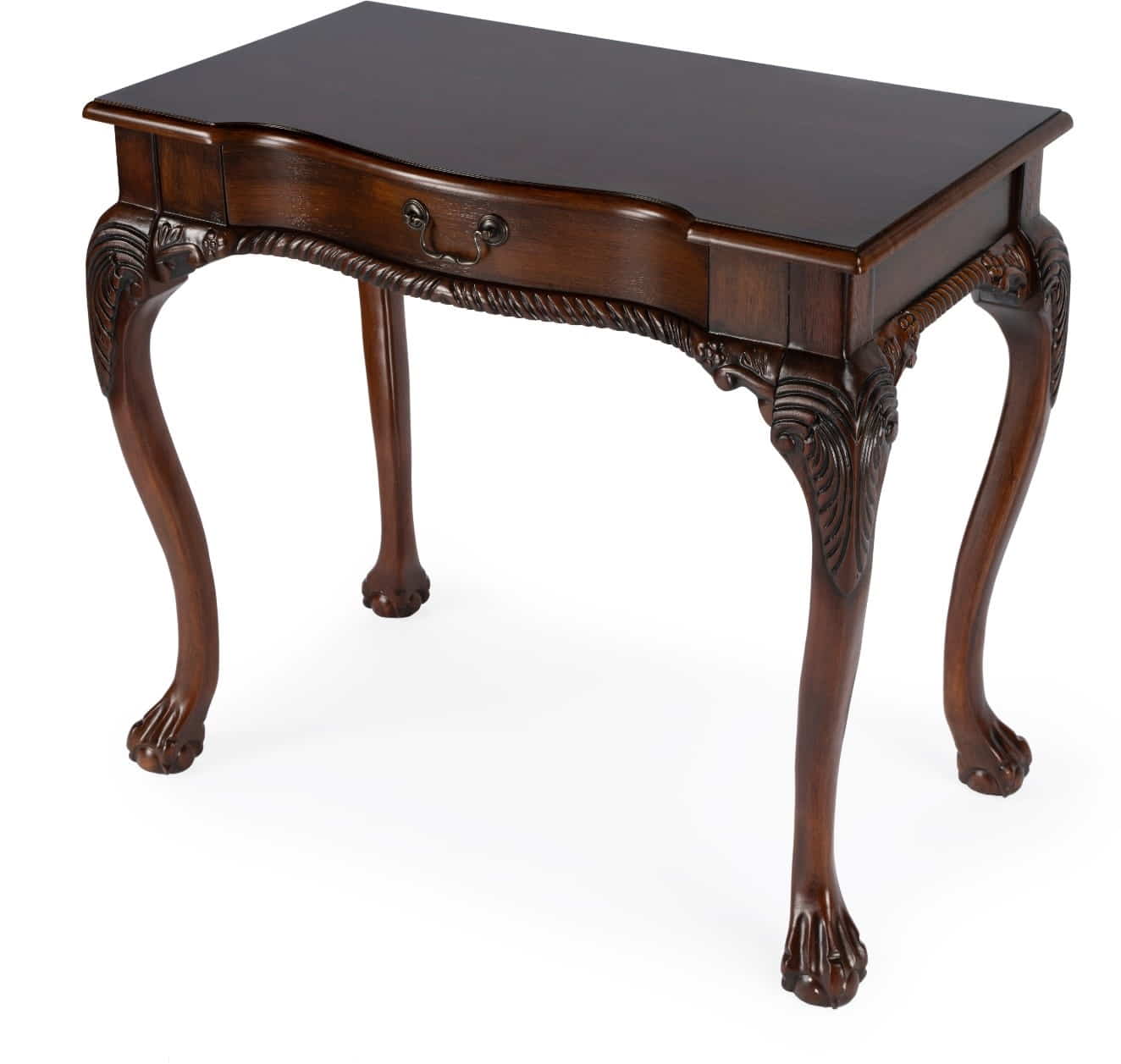
In the ever-evolving furniture industry, understanding the intricacies of wholesale furniture is crucial for business owners aiming to make informed purchasing decisions. As the market shifts towards online wholesale options, the process of selecting the right furniture can seem daunting. This article delves into the essential factors to consider when purchasing wholesale furniture online, focusing on materials and manufacturing processes.
Understanding Furniture Materials
Choosing the right materials for your furniture is fundamental to ensuring durability, aesthetic appeal, and customer satisfaction. Here are some of the most common materials used in furniture manufacturing and what you need to know about each:
Wood
Wood is a classic and versatile material widely used in furniture. Its natural beauty and strength make it a popular choice. However, not all wood is created equal. Here are the main types:
- Hardwoods: These include oak, maple, cherry, and walnut. Hardwoods are known for their durability and resistance to wear and tear, making them ideal for high-traffic furniture pieces like dining tables and bed frames.
- Softwoods: Pine and cedar are common softwoods. They are typically less expensive than hardwoods but are also less durable. Softwoods are often used for decorative pieces or items that don’t bear heavy loads.
- Engineered Wood: This category includes plywood, MDF (medium-density fiberboard), and particleboard. Engineered wood is made from wood fibers, particles, or veneers bonded together with adhesives. It’s cost-effective and stable but generally not as durable as solid wood.
When choosing wood furniture, consider factors like the wood’s hardness, grain pattern, and finish. These elements not only affect the furniture’s longevity but also its aesthetic appeal.
Metals
Metal furniture is synonymous with modern and industrial styles. It’s durable, versatile, and often used in both residential and commercial settings. Common metals used in furniture include:
- Steel: Known for its strength and durability, steel is often used in frames and structural components.
- Aluminum: Lightweight and resistant to rust, aluminum is ideal for outdoor furniture.
- Iron: Often used for decorative purposes, iron can be cast or wrought to create intricate designs.
When selecting metal furniture, look for high-quality finishes that prevent rust and corrosion. Powder coating, for example, is a durable finish that protects metal surfaces and adds a layer of color.
Upholstery Fabrics
The fabric you choose for upholstered furniture impacts both comfort and durability. Common upholstery materials include:
- Leather: Durable and easy to clean, leather is a premium choice for upholstery. However, it can be expensive and requires regular maintenance.
- Synthetic Fabrics: These include polyester, nylon, and microfiber. They are typically more affordable than natural fabrics and offer excellent durability and stain resistance.
- Natural Fabrics: Cotton, linen, and wool fall into this category. While they are breathable and comfortable, they may not be as durable or stain-resistant as synthetic options.
Consider the furniture’s intended use when choosing upholstery fabrics. High-traffic areas may benefit from durable synthetic fabrics, while luxury pieces might feature high-end leather or natural fabrics.
The Importance of Manufacturing Processes
Beyond materials, understanding the manufacturing processes behind furniture is essential. Here are some key manufacturing techniques and what they mean for your business:
Joinery Techniques
The way furniture pieces are joined together significantly affects their durability and longevity. Common joinery techniques include:
- Dovetail Joints: These interlocking joints are strong and often used in high-quality drawers and case goods.
- Mortise and Tenon: A traditional technique that involves fitting a tenon (a projection) into a mortise (a cavity). It’s known for its strength and is commonly used in chairs and tables.
- Dowels and Screws: These are simpler, less expensive joinery methods that can still offer decent durability when used correctly.
Quality joinery ensures that furniture can withstand daily use and maintain its structural integrity over time.
Finishing Techniques
Finishes protect furniture from wear and enhance its appearance. Common finishing techniques include:
- Staining: Enhances the wood grain and adds color.
- Painting: Provides a solid color finish and can offer additional protection.
- Varnishing: Adds a protective, glossy layer that enhances durability.
The finish you choose should complement the furniture’s material and intended use. High-quality finishes not only improve aesthetics but also prolong the life of the furniture.
Quality Control
Quality control is a critical aspect of furniture manufacturing. Reputable manufacturers adhere to stringent quality standards to ensure their products meet safety and durability criteria. When sourcing wholesale furniture online, look for manufacturers that provide detailed information about their quality control processes. This transparency can give you confidence in the reliability of the products.
Tips for Choosing Wholesale Furniture Online
Now that you have a deeper understanding of materials and manufacturing, here are some practical tips for choosing wholesale furniture online for your small furniture business:
Research and Reviews
Before making any purchases, thoroughly research potential suppliers. Look for online reviews and testimonials from other business owners. Pay attention to feedback regarding product quality, customer service, and delivery times. Reputable sources like industry publications and forums can also provide valuable insights.
Request Samples
Whenever possible, request samples of materials or small furniture items. This allows you to assess the quality firsthand and make more informed decisions. While this might involve some upfront costs, it’s a worthwhile investment to avoid larger expenses from potential issues with bulk orders.
Understand Shipping and Logistics
Shipping furniture can be complex and costly. Ensure the supplier provides clear information about shipping costs, delivery times, and logistics. Some suppliers may offer discounts on bulk orders or free shipping within certain regions. Understanding these details upfront can help you plan your budget more effectively.
Check Return Policies
A flexible return policy is crucial when purchasing wholesale furniture online. Despite thorough research, you might receive items that don’t meet your expectations. Ensure the supplier has a clear and fair return policy that allows you to return or exchange defective or unsatisfactory products.
Build Relationships with Suppliers
Establishing a good relationship with your suppliers can lead to better deals and personalized service. Communicate regularly, provide feedback, and express your business’s needs and expectations. A strong partnership can result in more reliable service and potentially better pricing in the long run.
Stay Updated on Trends
The furniture industry is dynamic, with trends constantly evolving. Stay updated on the latest styles, materials, and consumer preferences. Attending industry trade shows, following design blogs, and subscribing to industry magazines can help you stay ahead of trends and make informed purchasing decisions.
Conclusion
Navigating the world of wholesale furniture online requires a solid understanding of materials and manufacturing processes. By focusing on quality materials, robust manufacturing techniques, and thorough supplier research, you can make informed decisions that benefit your business in the long run. Remember to build strong relationships with suppliers and stay updated on industry trends to keep your offerings relevant and appealing.
Investing time in understanding these aspects will not only enhance the quality of your furniture offerings but also boost your business’s reputation and customer satisfaction. By choosing wisely, you can ensure that your furniture business thrives in the competitive market.
FAQ
What are the most durable materials for furniture?
Hardwoods like oak, maple, and walnut are highly durable and ideal for high-traffic furniture pieces. Metal, especially steel and aluminum, also offers excellent durability.
How can I assess the quality of wholesale furniture online?
Research potential suppliers, read reviews, request samples, and ensure the supplier provides detailed information about their materials and manufacturing processes.
What should I look for in a supplier’s return policy?
A flexible return policy should allow for returns or exchanges of defective or unsatisfactory products within a reasonable timeframe.
How important is the joinery technique in furniture manufacturing?
Joinery techniques like dovetail joints mortise and tenon provide superior strength and durability, ensuring the furniture can withstand daily use.
Why is it essential to stay updated on furniture trends?
Staying updated on trends helps you make informed purchasing decisions and keep your offerings relevant and appealing to customers.
For further reading, consider exploring resources like the American Home Furnishings Alliance (AHFA) and other reputable industry publications. These can provide deeper insights into materials, manufacturing processes, and market trends in the furniture industry.










